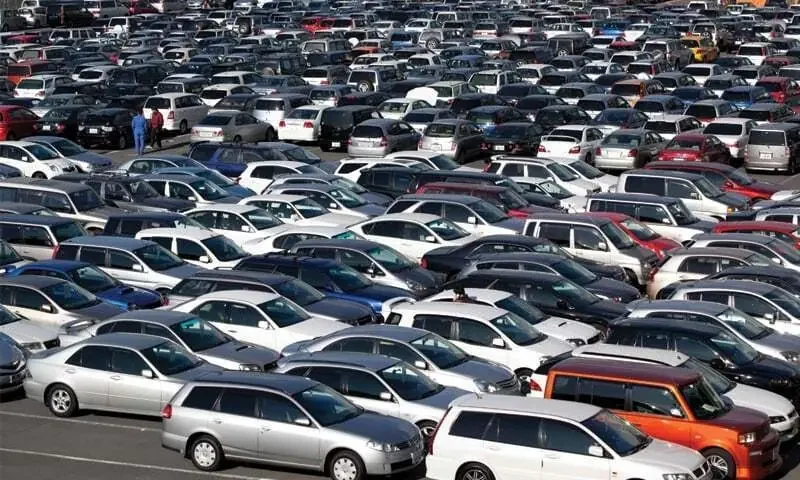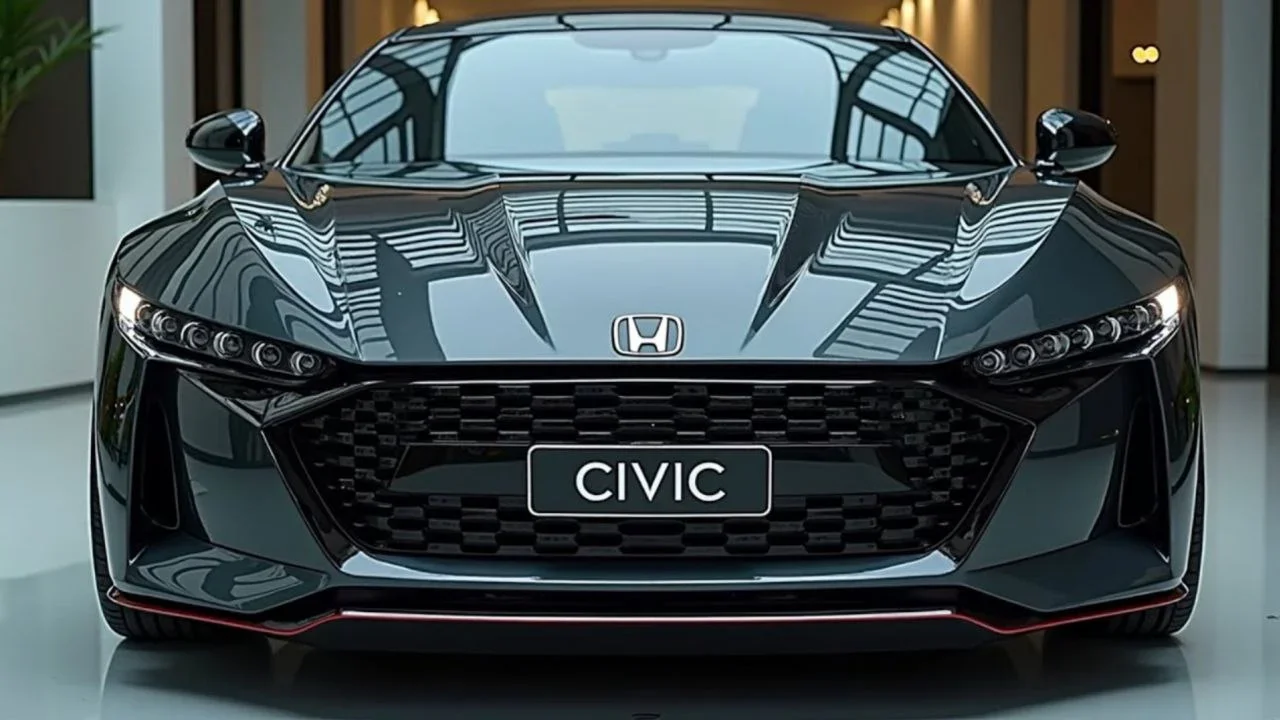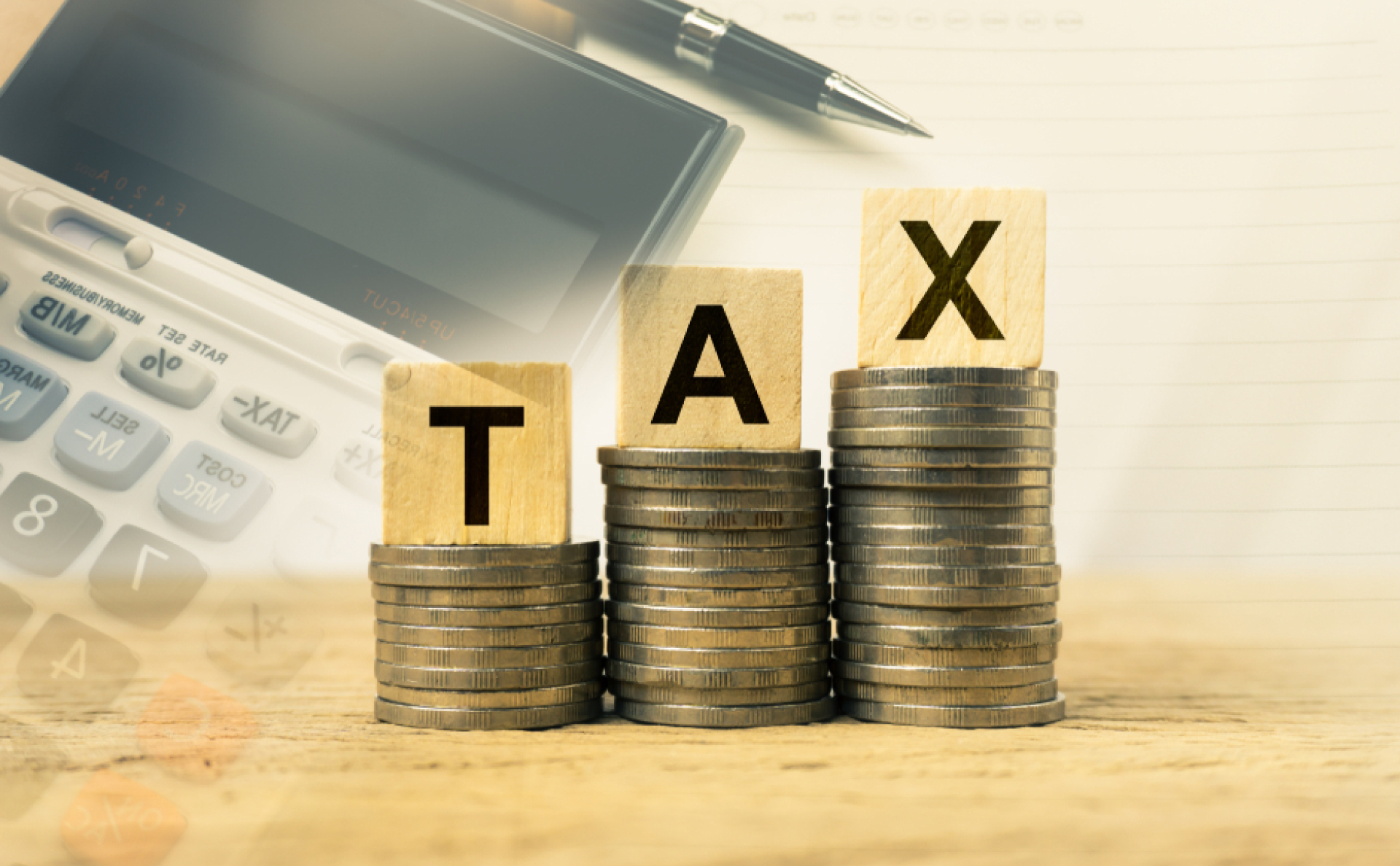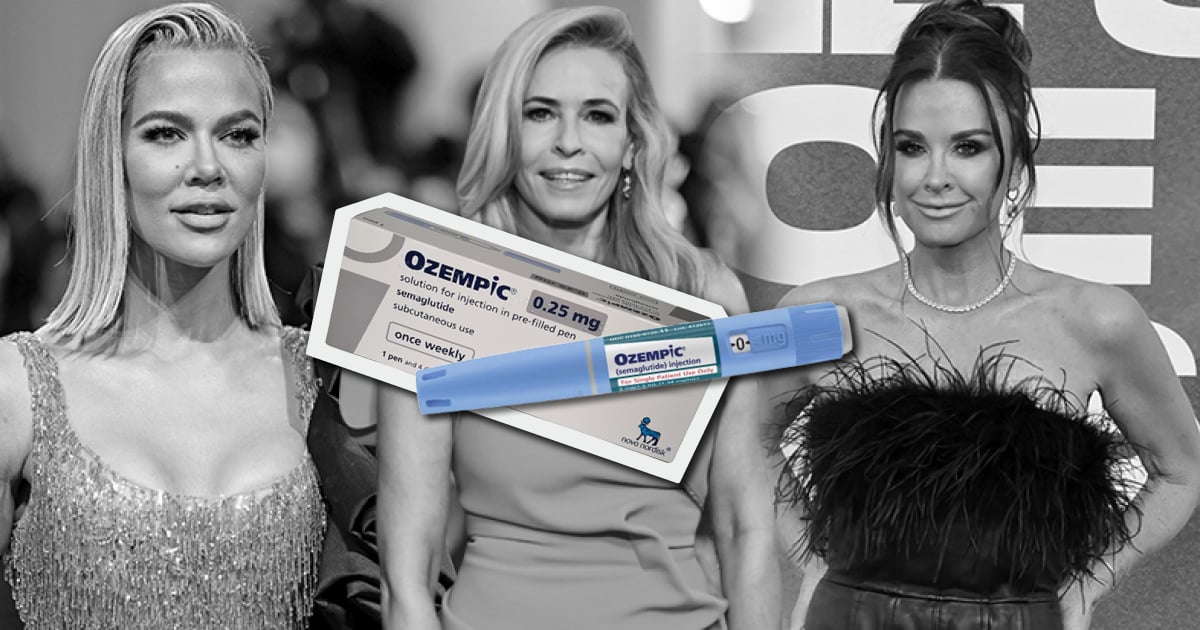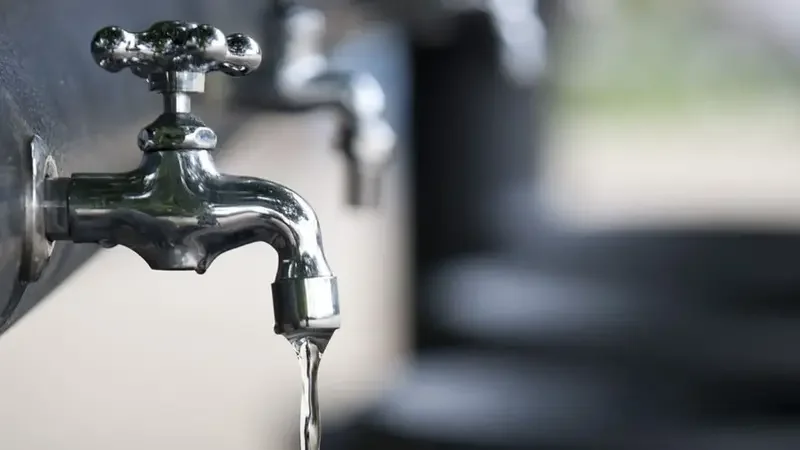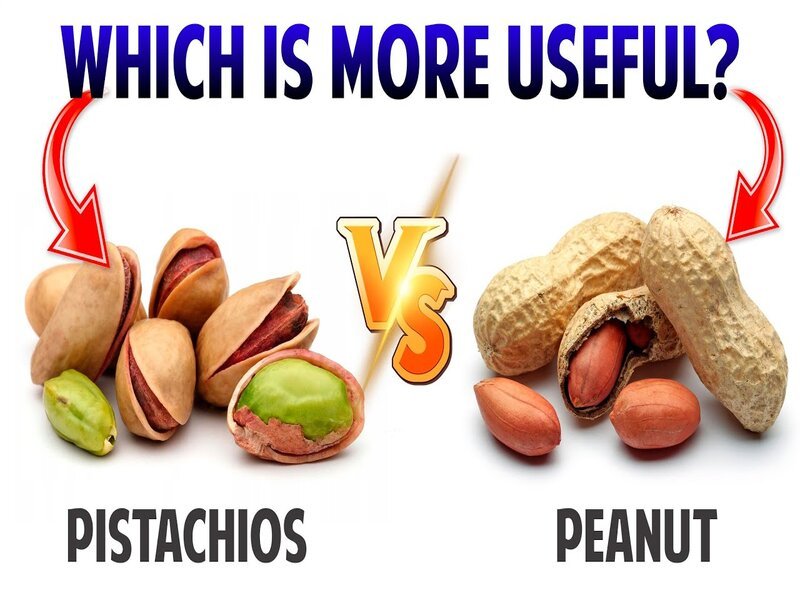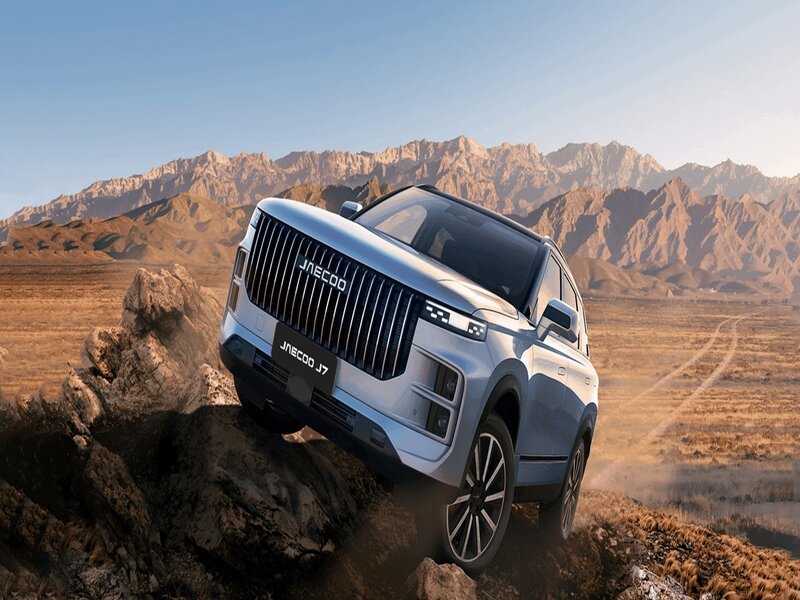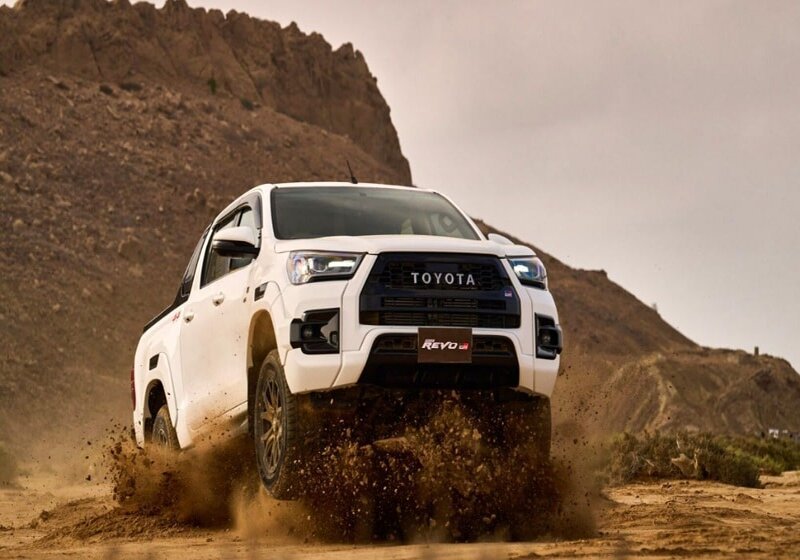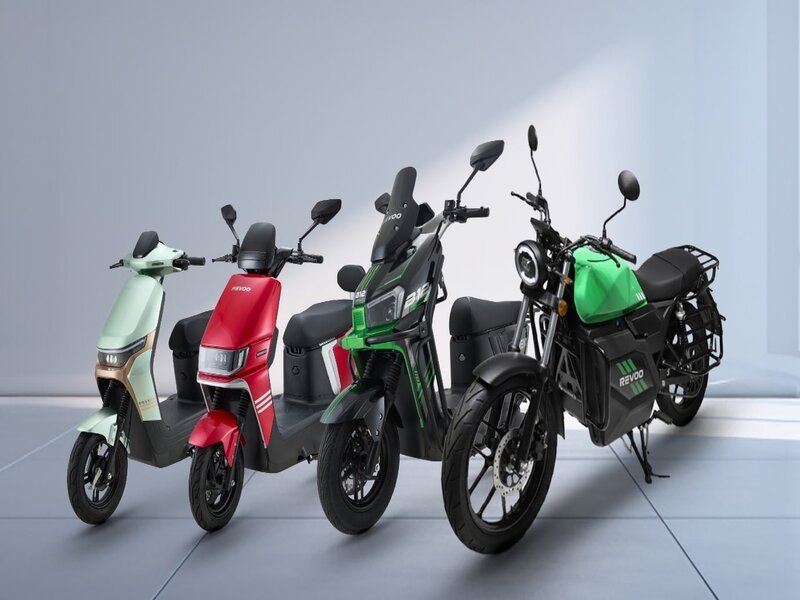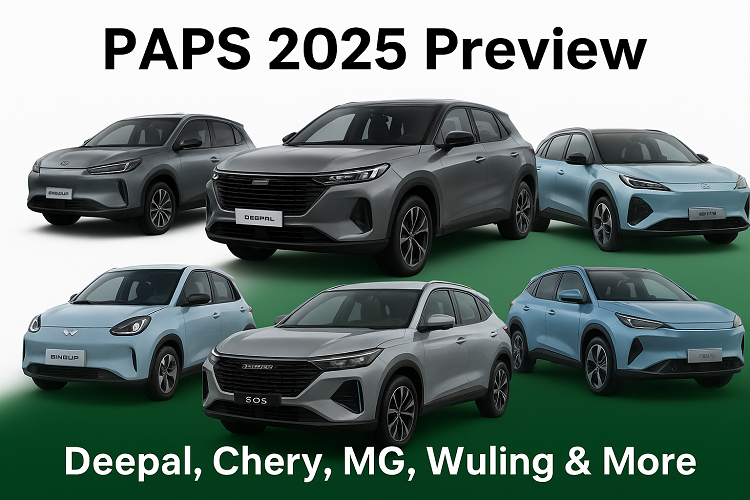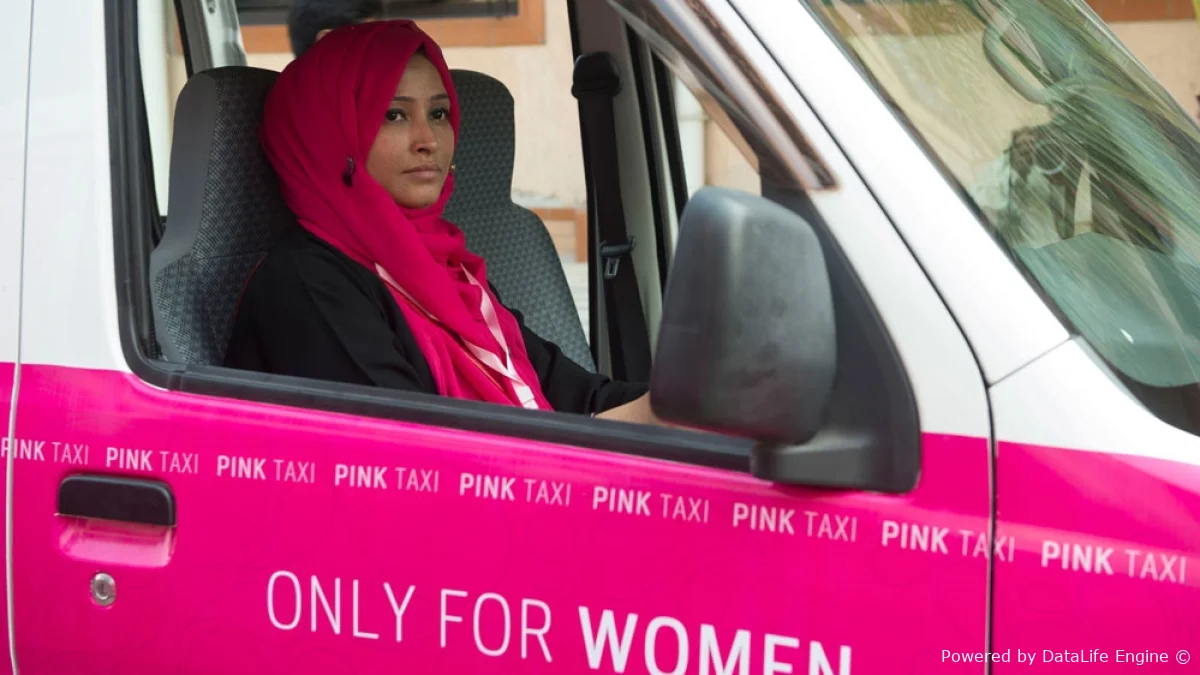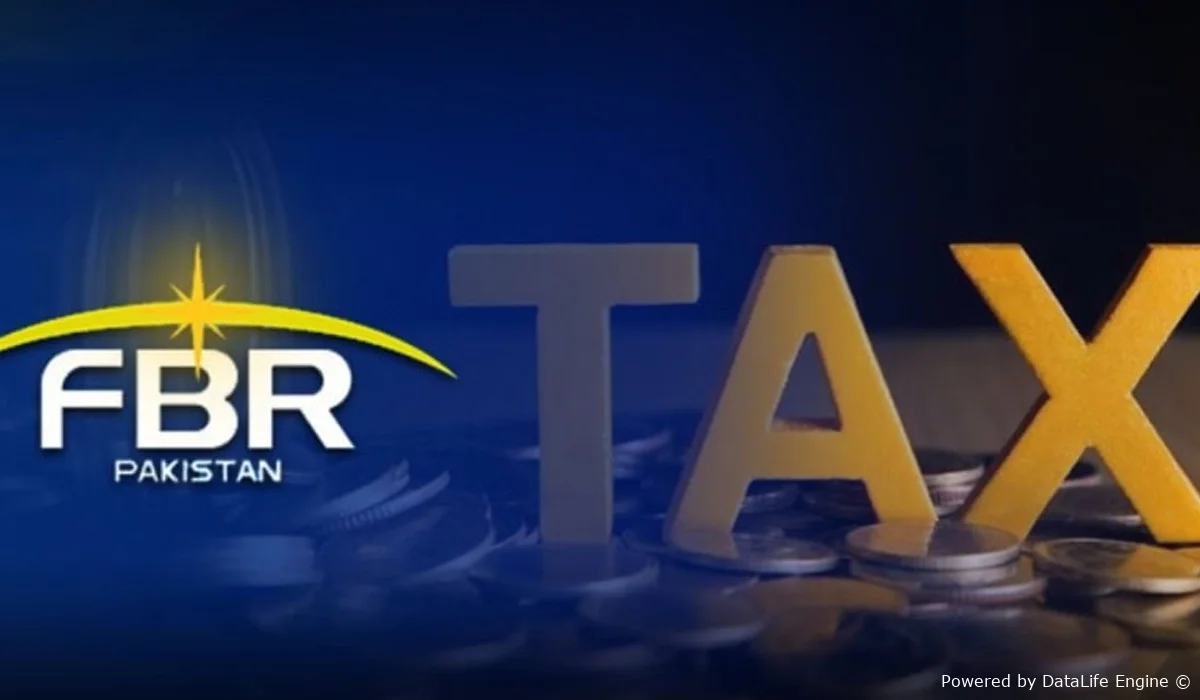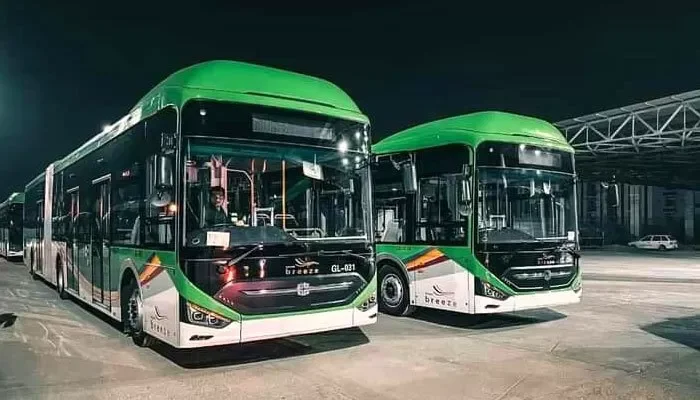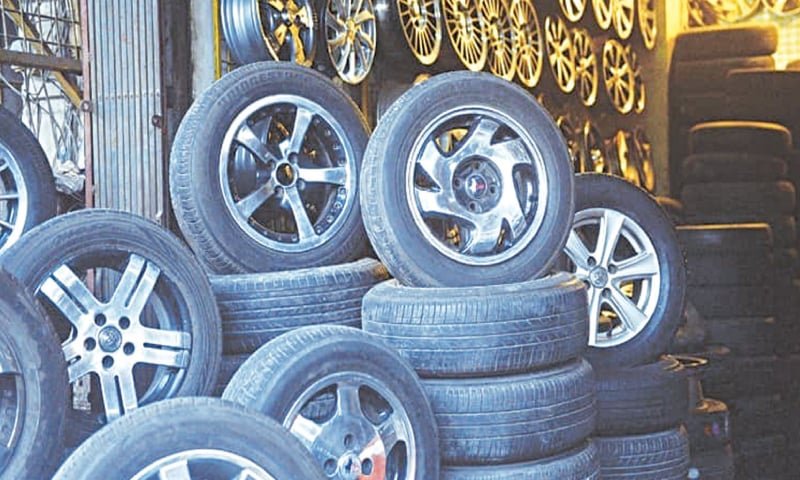Pakistan is set to ease its used car import policy, allowing commercial imports of passenger vehicles up to five years old starting in September 2025. The decision marks a significant shift aimed at balancing consumer demand, regional trade practices, and domestic industry protection. Under the new framework, these imports will be allowed until June 30, 2026, with a 40 percent regulatory duty in the first year. This duty will decrease by 10 percent annually and be fully phased out by the 2029–30 fiscal year. The phased reduction is intended to introduce gradual market openness, protect local manufacturers from immediate shocks, and ensure compliance with safety and environmental standards. Pakistan's approach reflects lessons drawn from neighboring countries with stricter and more structured vehicle import policies. For example, India permits only right-hand drive cars less than three years old, subject to high tariffs and rigorous testing, while Bangladesh allows imports up to four years old under strict documentation and inspection rules. Kenya applies a seven-year rolling age limit with pre-export inspections, and Sri Lanka, having recently lifted a five-year ban, now permits only one vehicle per year through licensed importers. South Africa restricts car imports primarily to returning nationals, and Nigeria enforces penalties on vehicles older than ten years to curb environmental harm. The Philippines allows vehicle imports for qualified individuals under high duty and tax rates, following approval from regulatory authorities. Pakistan, in contrast, has historically followed a less structured approach. Throughout the 1990s and early 2000s, commercial imports were largely banned to support local assemblers, leaving consumers with fewer options and higher prices. Special schemes like Gift, Baggage, and Transfer of Residence allowed overseas Pakistanis to import vehicles, many of which entered the local market informally. Periods of duty relaxation, such as in 2005, led to surges in Japanese vehicle imports, but subsequent industry lobbying resulted in renewed restrictions. The 2012 reduction of the import age limit from five to three years significantly curbed inflows, and the introduction of the Automotive Development Policy aimed to shift focus back to local investment and assembly. The current policy signals a more calculated and structured return to allowing imports, designed to address past inefficiencies. With the average annual import volume of used cars in Pakistan reaching 34,000 units—compared to Thailand’s 21,802, Vietnam’s 532, and India’s 235—officials argue that Pakistan remains an outlier in the region. By gradually reducing duties while enforcing safety and emissions compliance, the government hopes to give consumers better access to affordable, quality vehicles without repeating the destabilizing cycles of previous years. This new direction is positioned as a middle ground that widens market choice, aligns with regional norms, and maintains a protective buffer for domestic carmakers. The policy is framed not only as a response to consumer demand but also as part of a broader economic strategy to modernize vehicle standards and stimulate healthy competition within the auto sector.
